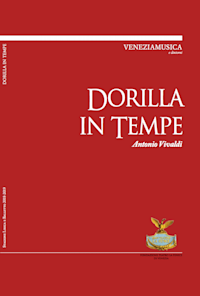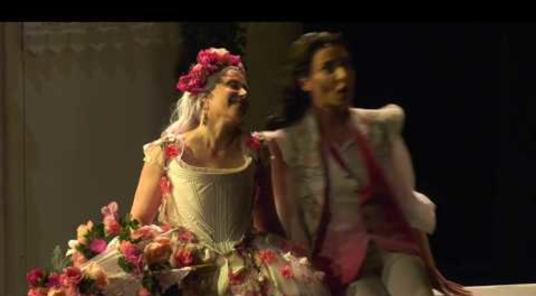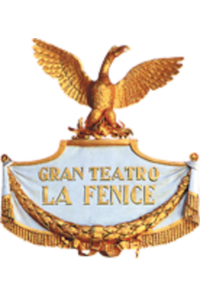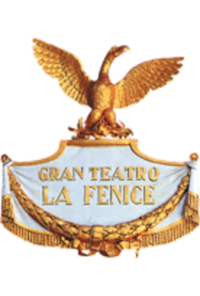


Dorilla in Tempe by Vivaldi, fim 27 jan 2022, Frá (2019/2019), Leikstýrt af Fabio Ceresa, Hljómsveitarstjóri Diego Fasolis, Teatro Malibran, Venice, Italy
Framleiðandi

(2019 apr 23, 27, 30; maí 02, 05; 2022 jan 27)
Conductor
DF(2019 apr 23, 27, 30; maí 02, 05; 2022 jan 27)
Stage director
FC(2019 apr 23, 27, 30; maí 02, 05; 2022 jan 27)
Leikarar
Dorilla

(2019 apr 23, 27, 30; maí 02, 05; 2022 jan 27)
Admeto
MP(2019 apr 23, 27, 30; maí 02, 05; 2022 jan 27)
Nomio

(2019 apr 23, 27, 30; maí 02, 05; 2022 jan 27)
Elmiro
LC(2019 apr 23, 27, 30; maí 02, 05; 2022 jan 27)
Filindo

(2019 apr 23, 27, 30; maí 02, 05; 2022 jan 27)
Eudamia
VG(2019 apr 23, 27, 30; maí 02, 05; 2022 jan 27)
Áhöfn
Set designer
MC(2019 apr 23, 27, 30; maí 02, 05; 2022 jan 27)
Costume designer
GP(2019 apr 23, 27, 30; maí 02, 05; 2022 jan 27)
Choreographer
MA(2019 apr 23, 27, 30; maí 02, 05; 2022 jan 27)
Hljómsveit
Hljómsveit

(2019 apr 23, 27, 30; maí 02, 05; 2022 jan 27)
Annað

(2019 apr 23, 27, 30; maí 02, 05; 2022 jan 27)
Staðir
Venice, Italy
Teatro Malibran | Venice, ItalyBein útsending
2022janúar